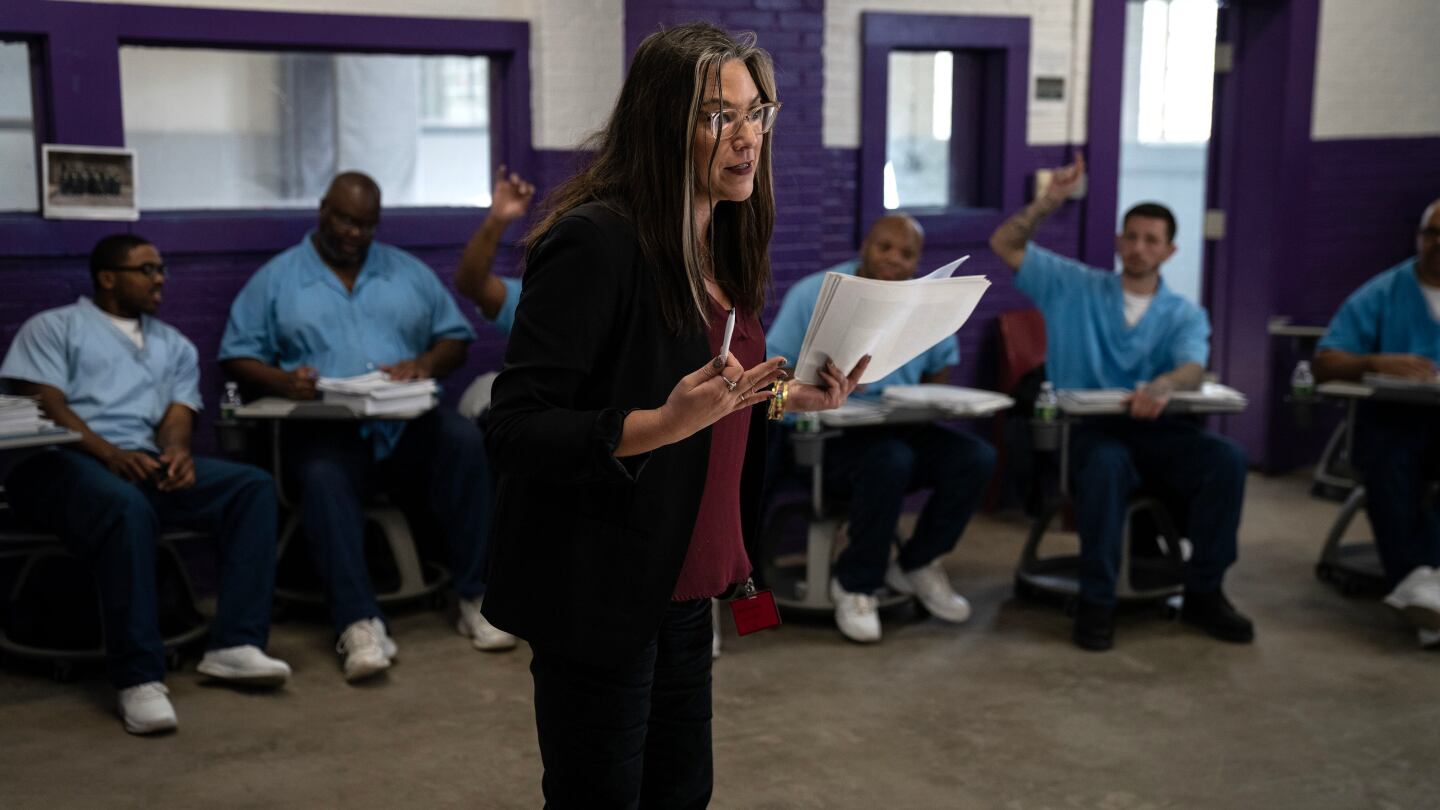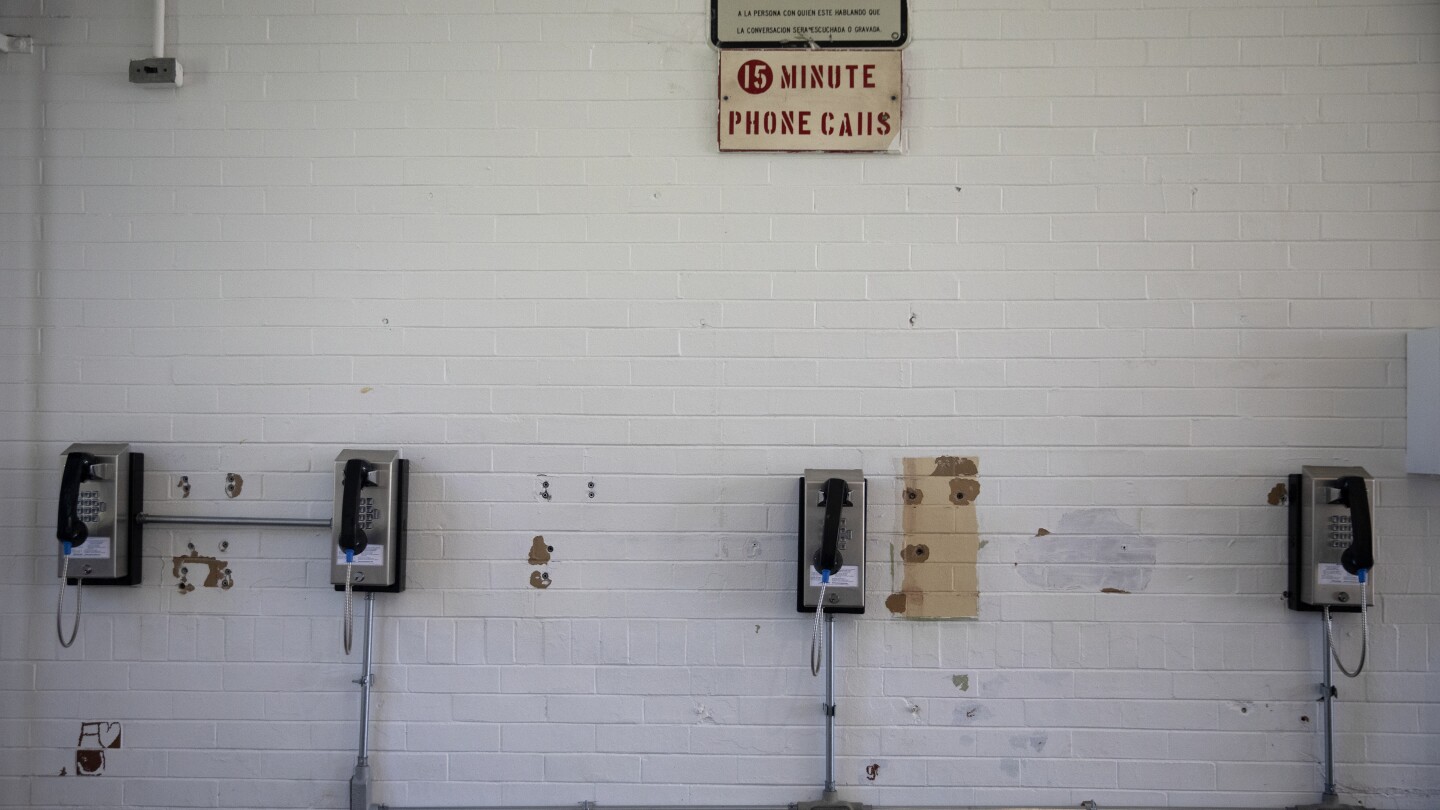Correctional Management
Correctional Management encompasses the strategies, policies, and practices of running correctional facilities effectively and safely. This section offers articles that delve into various aspects of Correctional Management, including leadership, staff training, inmate rehabilitation, and security measures. Effective management is crucial for maintaining order, ensuring safety, and fostering a rehabilitative environment within correctional institutions. Explore related topics on corrections policies for additional insights into the challenges of managing complex correctional systems.
Modified programming remains in place as CDCR investigates violence, drug use and contraband networks after searches uncovered 169 weapons and 310 cellphones
Repeated inspections expose dangerous, degrading conditions at Men’s Central Jail — with little progress toward closure
Lancaster County Prison inmates and correctional officers endured record heat, with both groups receiving additional support but reporting persistent discomfort
The restructuring would consolidate training for several agencies outside NYPD, including corrections, probation and the parks department
The corrections director said sweat lodges are a culturally specific way to address the spiritual needs of indigenous inmates — and hopefully reduce recidivism
The Oklahoma Department of Corrections said a “human error” led to a disturbance among two security threat groups that injured more than 30 inmates
Pell Grants were officially restored for incarcerated students in 2023, following a nearly 30-year ban that prohibited most incarcerated students from receiving the aid
The new jails are being built using the design-build format that is supposed to speed up construction, according to the city’s Department of Design and Construction
The Baltimore County jail work program’s primary purpose was making money, not offering rehabilitation to the detainees, the judges found
The moves are part of the state’s attempts to comply with Prop 66, which aims to speed up executions and mandate work and restitution for death row inmates
A candidate shares his grassroots campaign experiences, focusing on educating voters about the role of jails and the importance of corrections officers
About 250 filed officers were reassigned in March to understaffed juvenile halls in a successful effort to prevent the closure of the county’s two largest facilities
Shelby County Jail inmates set objects on fire and tied a bed sheet to the main door of the jail to keep corrections deputies from gaining entry
These social media posts show how various agencies are commemorating the week and honoring the dedication of men and women working in corrections
The IDOC recommendation comes a little more than a month after the governor unveiled a plan to rebuild Stateville and Logan correctional centers
Over the last 10 years, the Buchanan County Inmate Trash Clean-up crews have found more than litter — in the first year, they found a body and $1 million worth of marijuana
A former Fulton County Jail inmate, who reports being stabbed 13 times, claims the county and the sheriff’s office are responsible for the jail’s dangerous conditions
A BOP spokesperson categorized the closure of FCI Dublin as “temporary,” stating that no employees will lose their jobs as a result of the closure
The accusations in both filings are similar: Cuyahoga County did not properly pay employees in both facilities for time spent working more than 40 hours a week
“Given the current drug crisis facing our nation and county, the need for round-the-clock medical attention is more critical than ever,’’ Walker County Sheriff Nick Smith said
Transforming corrections: The role of data-driven strategies and the human element in rehabilitation
Exploring how technology and personalized coaching methods can revamp corrections systems, reduce recidivism, and improve safety for correctional officers and inmates alike
The Vera Institute of Justice has developed an alternative approach to corrections that relies on dynamic security strategies, restorative practices and a mentorship model
A federal judge found Georgia DOC officials willfully disregarded requirements to improve deplorable conditions inside the high-security Special Management Unit prison
Inmates can be resourceful, turning everyday items into dangerous weapons, often to gain status or for protection
How supervisors can leverage the disappointment of failed promotions to offer constructive feedback and targeted developmental support to their team members
An N.Y. DOCCS official told lawmakers that a “staffing crisis” was the main reason for the plan to close more prisons, stating there were 1,900 vacant CO positions
In one incident, an inmate bit a deputy so hard that the inmate’s teeth went through two layers of clothing and broke the skin, Sheriff Paul Miyamoto said
Innovative strategies agencies can implement to rejuvenate their workforce and improve morale
The safety of your personnel, your facility and your inmates depend on these inspections
“Unlocked: A Jail Experiment” follows 46 inmates for six weeks without locks or officers in the Pulaski County Regional Detention facility
The contempt motion seeks $5 per prisoner per day in damages until two baseline conditions are met: CO vacancies are reduced to 30% of budgeted positions and all prisoners are getting at least an hour a day out of their cells
A Vierno Center nurse said the staff, and the union, raise safety concerns on a regular basis and that short staffing remains a problem
A 2020 evaluation report by the state found that “several conditions at the state prisons reduce safety, including persistent staffing shortages, heavy overtime use, suspensions of prisoner activities, unprofessional workplace relationships, limited oversight and outdated infrastructure”
MOST POPULAR
- Helene prompts evacuation of 2,000 inmates from N.C. mountain prisons
- Why ex-prisoners struggle to successfully reintegrate into society
- Ga. prison medical provider cites millions in extra costs due to violence
- Correctional officer’s death exposes hazing, toxic culture at Calif. prison
- Deterring further violence and unnecessary disruption within ODRC maximum-security facilities



































